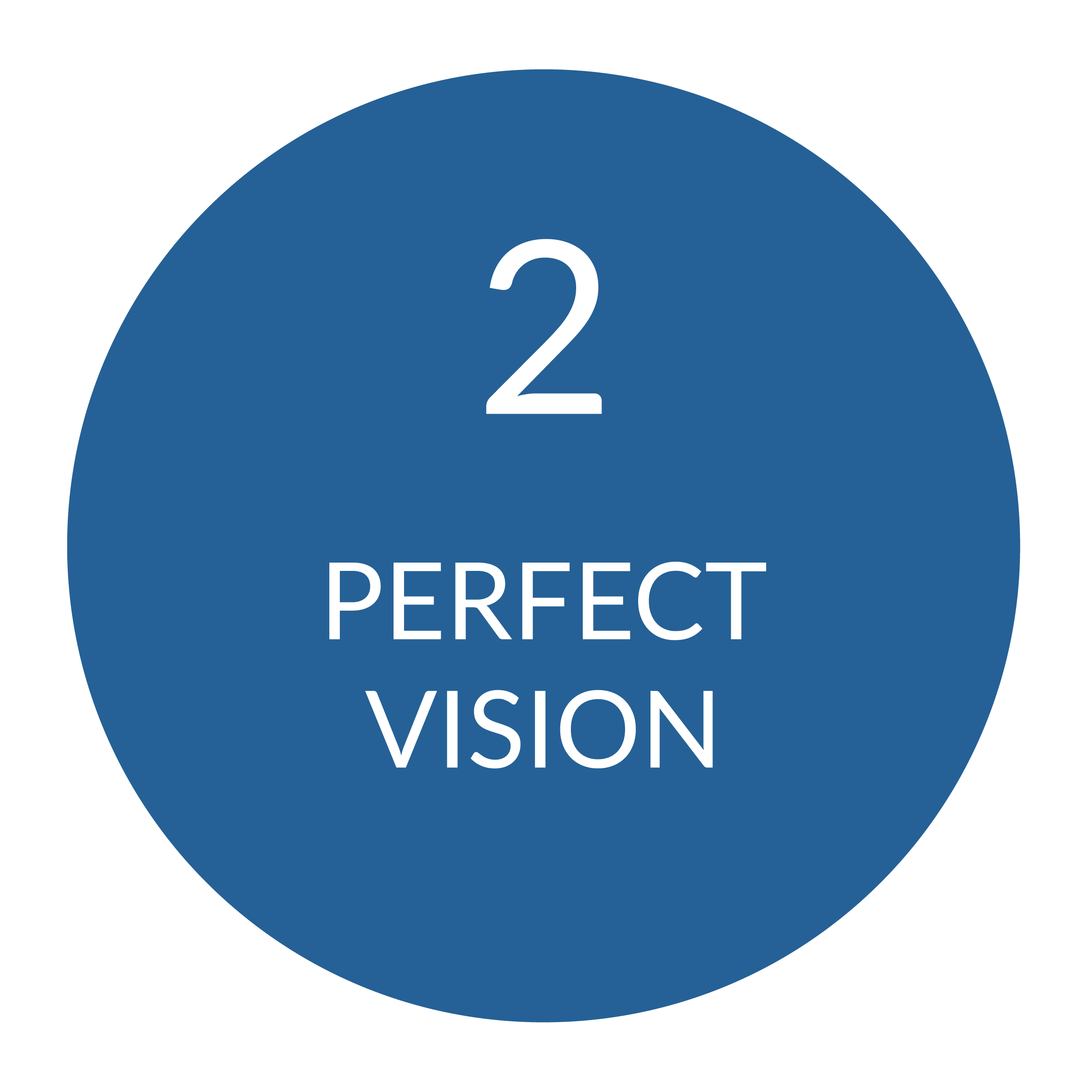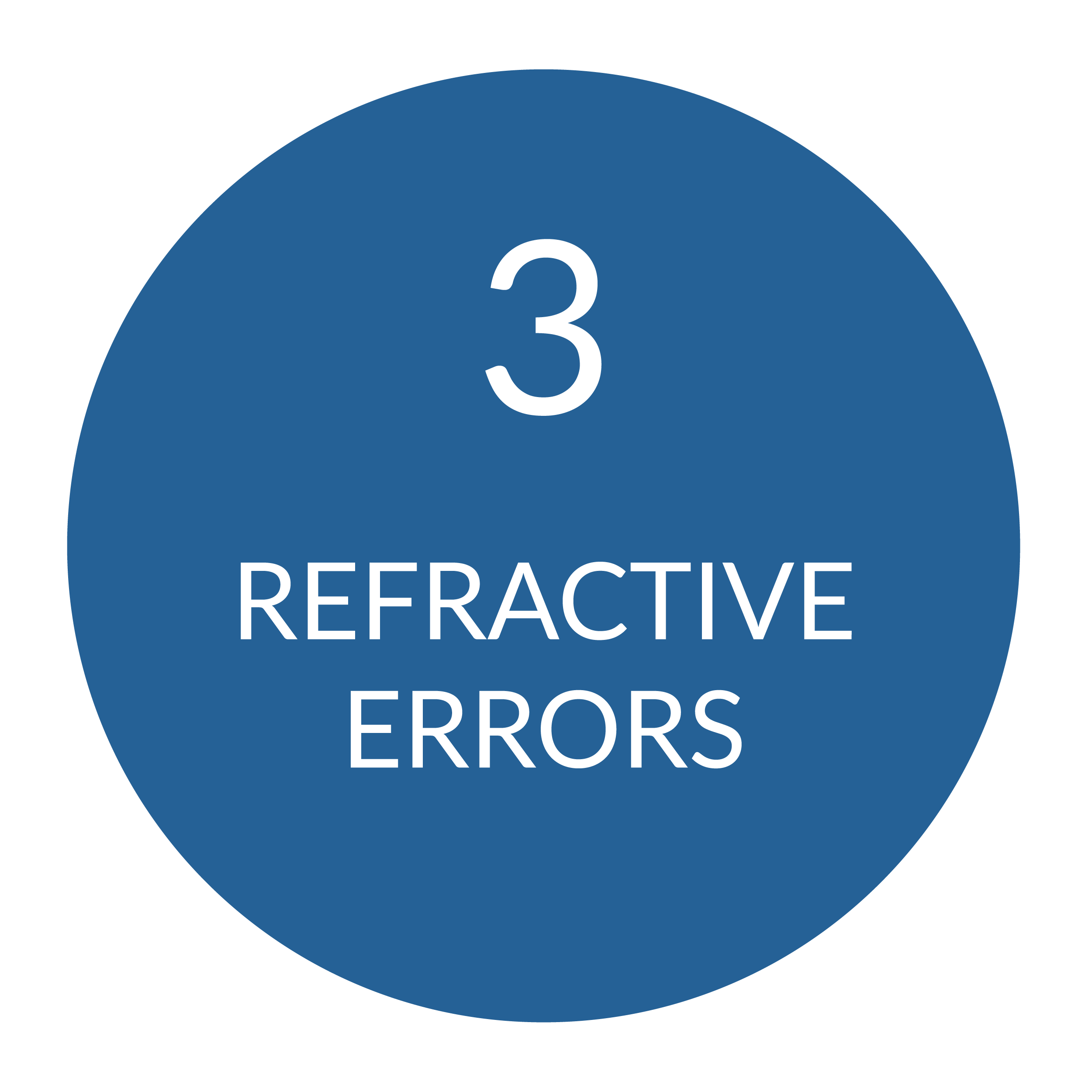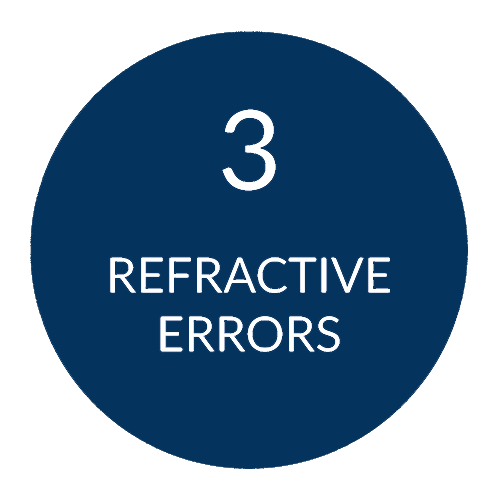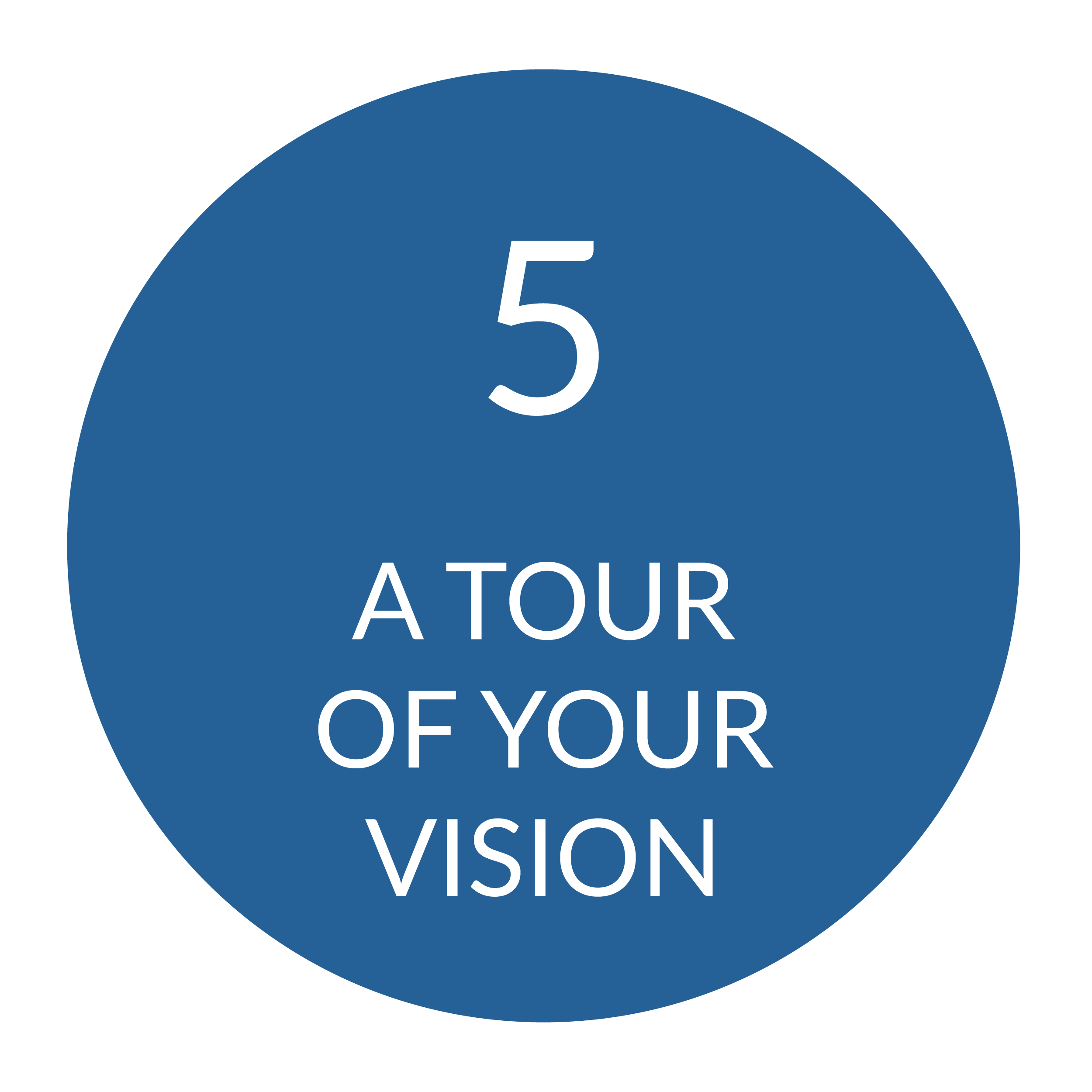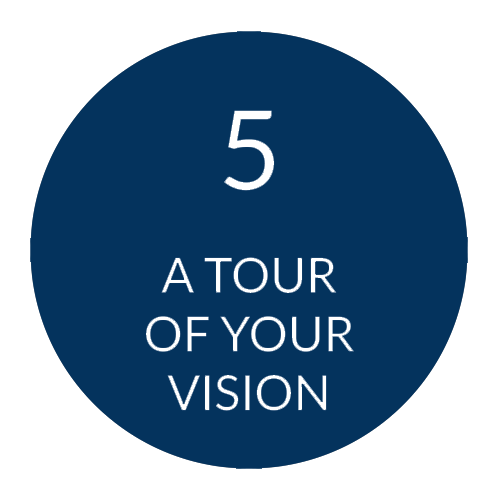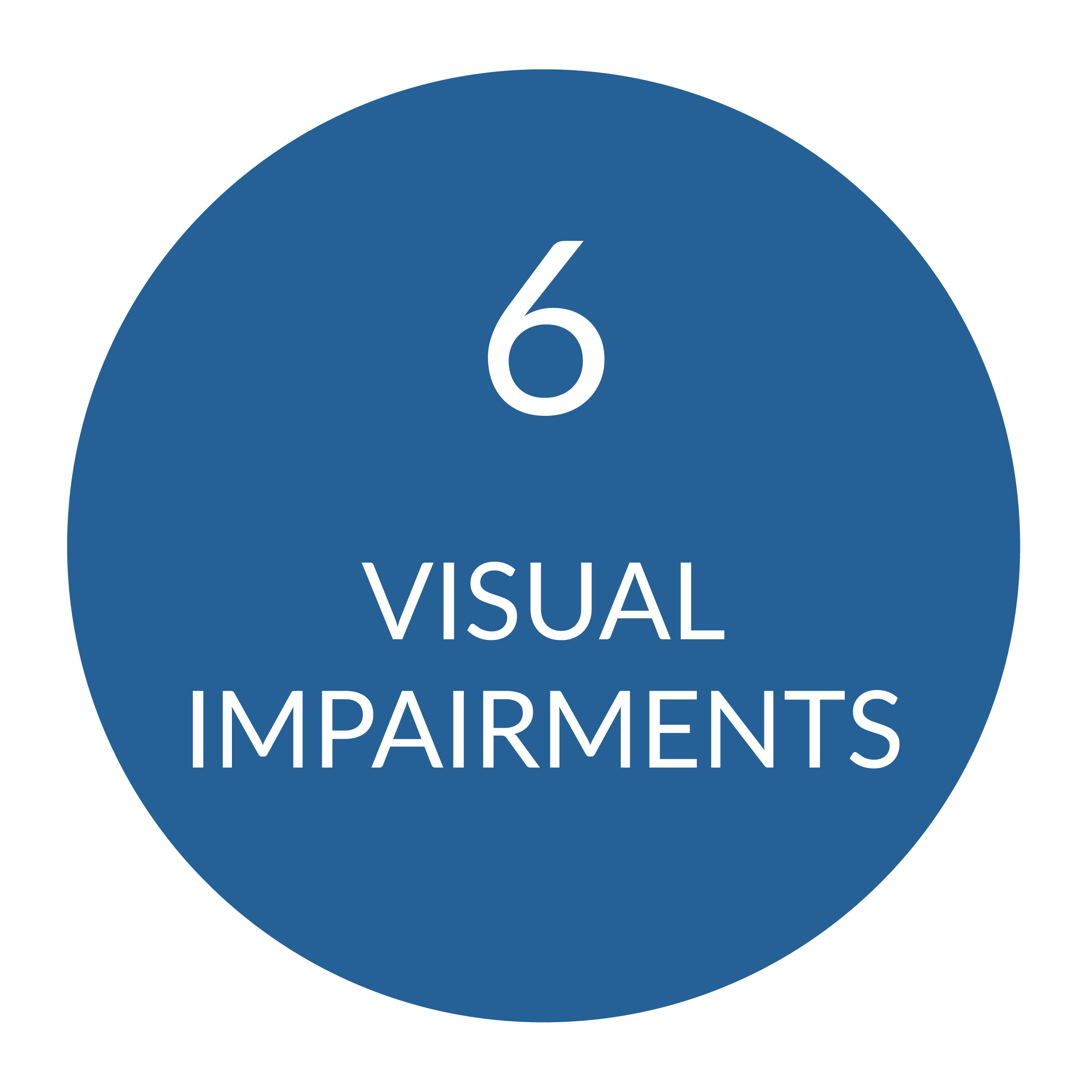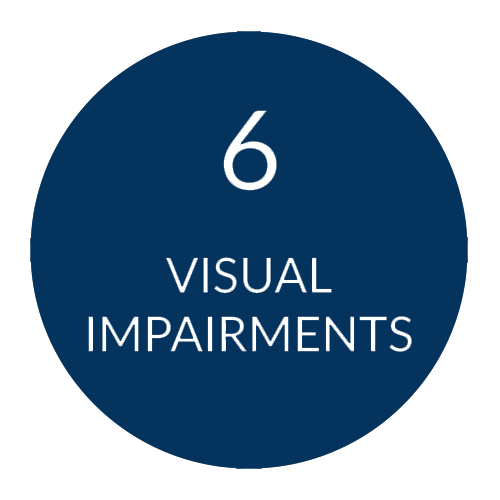FOUNDATIONS OF VISION - REFRACTIVE ERRORS
Let’s break down what refractive errors actually are and how your glasses fix them.
To get there, we’ll talk a bit about basic optics, your eye’s lenses and four common ways your vision can blur - myopia, hyperopia, astigmatism, and presbyopia.
Your Eye: A Living Projector
Think of your eye as a complex projector. Just like using a magnifying glass to focus sunlight onto an ant as a kid (or paper, if you were kind), your eye’s lenses bend light to focus it on a single clear point, your retina.
Your eye has two major lenses:
- Cornea: The powerful, fixed-focus outer lens.
- Crystalline lens: The flexible, adjustable inner lens that fine-tunes focus for far and near vision.
How Focus Should Work
When everything works perfectly, these two lenses bend incoming light rays so they come into focus on your retina; producing a sharp, clear image.
But if the light focuses in front of, behind or unevenly on the retina, you end up with blurry vision. That’s a refractive error, and that’s where glasses come in.

FOUR COMMON REFRACTIVE ERRORS
1. Myopia (Nearsightedness)
What happens?
Your eye’s lenses focus light too soon, so the light meets before your retina which makes distant objects blurry.
How glasses fix it:
A myopic lens spreads the light out slightly before it enters your eye, so it lands exactly where it should - on the retina. Think of it as adding a third lens that cancels out the eye’s over-focusing.
2. Hyperopia (Farsightedness)
What happens?
Your eye focuses light too late. The image would meet behind your retina if it could. This makes nearby objects look blurry.
How glasses fix it:
A hyperopic lens bends light inward sooner, helping the image focus right on the retina.
3. Astigmatism
What happens?
Your cornea or lens is shaped more like a football than a soccer ball; bending light unevenly so it focuses to a line or oval instead of a single point.
How glasses fix it:
An astigmatism lens (called a toric lens) has different curvatures in different directions. It bends light more one way than the other, merging that stretched-out focus into a single sharp point.
4. Presbyopia
Putting It All Together
Your glasses or contacts are just carefully shaped compensators. They add a third lens to your eye’s system, correcting any over-focusing, under-focusing or uneven focusing so the final image lands crisp and clear on your retina.



